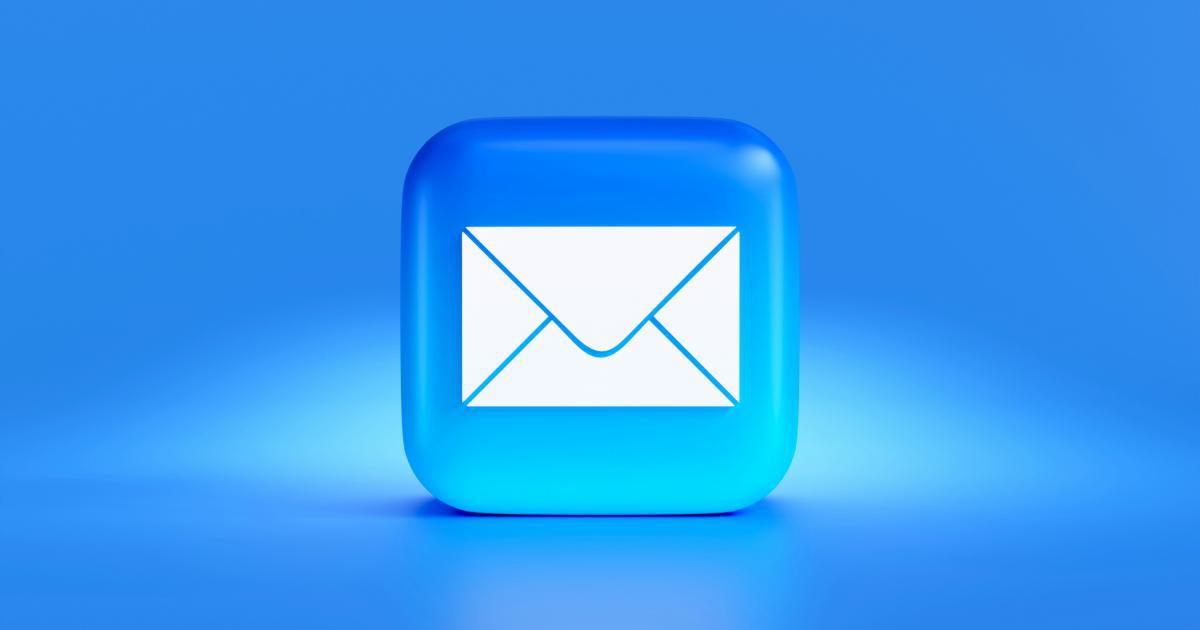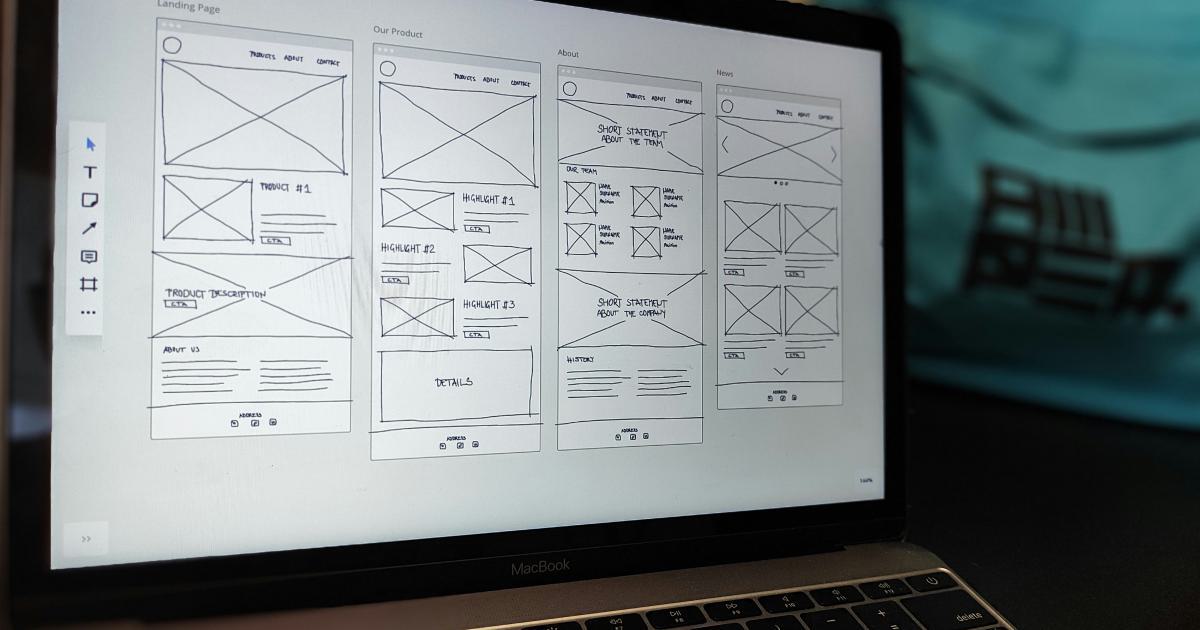Competitor Email Marketing Analysis: Discover Their Top Converting Campaigns


Understanding the Importance of Competitor Email Marketing Analysis
In the fast-paced and constantly evolving world of digital marketing, staying ahead of the competition is crucial for the success of any business. One of the most effective ways to gain a competitive edge is to analyze the email marketing strategies of your competitors. By understanding their tactics, you can identify opportunities to refine and optimize your own email campaigns, ultimately driving better results and higher conversions.
Email marketing remains one of the most powerful tools in a marketer's arsenal, boasting an impressive return on investment (ROI) of $42 for every $1 spent. By closely examining the email marketing practices of your competitors, you can gain valuable insights into what resonates with your shared audience, what messaging and offers are effective, and how you can differentiate your own campaigns to stand out.

In this comprehensive article, we'll dive deep into the process of conducting a thorough competitor email marketing analysis. We'll explore techniques to uncover your competitors' top-performing campaigns, analyze their email content and design, and apply these learnings to enhance your own email marketing strategy. By the end of this guide, you'll have a better understanding of how to outmaneuver your competition and create email campaigns that drive measurable results.
Identifying Your Competitors' Email Marketing Tactics
The first step in conducting a comprehensive competitor email marketing analysis is to identify your key competitors and gain access to their email campaigns. This can be a challenging task, as many businesses guard their email marketing strategies closely. However, there are several strategies you can employ to overcome this hurdle:
1. Sign Up for Your Competitors' Email Lists
One of the most effective ways to gain insights into your competitors' email marketing tactics is to become a subscriber yourself. By signing up for their email lists, you'll be able to receive and analyze their campaigns firsthand, observing the messaging, offers, and design elements they use.

To ensure you capture a wide range of their email content, sign up using multiple email addresses, including both personal and professional accounts. This will help you avoid any potential subscriber-specific targeting or personalization that could skew your analysis.
2. Leverage Email Tracking Tools
There are various email tracking tools available that can help you monitor your competitors' email marketing activities without directly subscribing to their lists. These tools use web scraping and email list detection algorithms to identify and analyze the email campaigns sent by your competitors.
Some popular email tracking tools include:
- Hunter.io
- MailCharts
- Owletter
These tools can provide valuable insights into your competitors' email send frequency, subject lines, content, and even campaign performance metrics.
3. Utilize Social Media Monitoring
Social media platforms can be a goldmine of information when it comes to understanding your competitors' email marketing strategies. By monitoring your competitors' social media profiles, you may find instances where they promote or reference their email campaigns, offering clues about their overall email marketing approach.

Tools like Hootsuite, Sprout Social, and Mention can help you track your competitors' social media activities and identify any relevant email marketing-related content.
4. Analyze Their Website and Online Presence
Your competitors' websites and online presence can also provide valuable insights into their email marketing tactics. Carefully examine their website for any email signup forms, lead magnets, or calls-to-action that encourage visitors to join their email list. Additionally, look for any references or links to their email newsletters or other email-based content.

By combining these various techniques, you can build a comprehensive understanding of your competitors' email marketing strategies, setting the stage for a deeper analysis of their top-performing campaigns.
Analyzing Your Competitors' Top-Performing Email Campaigns
Once you've identified your competitors' email marketing tactics and gained access to their campaigns, it's time to dive deeper and analyze their top-performing email content and designs. This analysis will help you uncover the strategies and techniques that are resonating with your shared audience, allowing you to apply these learnings to your own email marketing efforts.
1. Identify Top-Performing Campaigns
Begin by analyzing the engagement metrics of your competitors' email campaigns to identify their top-performing content. Look for metrics such as open rates, click-through rates, and conversion rates to determine which campaigns are resonating most with their audience.

Many of the email tracking tools mentioned earlier can provide this data, or you may need to rely on any public performance information shared by your competitors.
2. Analyze Email Subject Lines
The subject line is the first thing recipients see when receiving an email, and it plays a crucial role in determining whether they will open the message. Examine your competitors' subject lines to identify patterns, common themes, and any tactics they use to capture attention and drive opens.
Consider the following elements:
- Length and character count
- Use of emojis, personalization, or urgency-inducing language
- Alignment with the email content and offer

By understanding what subject lines resonate with your shared audience, you can apply these insights to craft more compelling and effective subject lines for your own email campaigns.
3. Evaluate Email Content and Messaging
Once you've identified the top-performing email campaigns, closely analyze the content and messaging within these messages. Look for the following elements:
- Tone and Voice: Assess the overall tone and voice used, and how it aligns with your competitors' brand personality and target audience.
- Storytelling and Narrative: Examine how your competitors use storytelling and narrative elements to engage their audience and convey their key messages.
- Offers and Calls-to-Action: Identify the types of offers, promotions, and calls-to-action used, and how they are presented to drive conversions.
- Personalization and Segmentation: Assess the level of personalization and audience segmentation employed, and how it enhances the relevance of the content.

By understanding the content and messaging strategies that resonate most with your competitors' audience, you can refine and optimize your own email campaigns to better connect with your target market.
4. Examine Email Design and Layout
The visual design and layout of your competitors' email campaigns can also provide valuable insights. Analyze the following design elements:
- Overall Layout and Structure: Observe how the email content is organized and structured, including the use of sections, columns, and flow.
- Imagery and Graphics: Evaluate the types of images, graphics, and visual elements used, and how they support the email's messaging and branding.
- Typography and Formatting: Assess the font choices, sizes, and formatting used to enhance readability and visual appeal.
- Responsiveness and Optimization: Examine how the email design adapts to different devices and screen sizes, ensuring an optimal user experience.

By understanding the design and layout strategies employed by your competitors, you can create email campaigns that are visually engaging, easy to navigate, and optimized for the modern digital landscape.
Applying Competitor Insights to Enhance Your Email Marketing Strategy
With a comprehensive understanding of your competitors' top-performing email marketing campaigns, you can now apply these insights to refine and optimize your own email marketing strategy. Here are some key steps to consider:
1. Incorporate Winning Subject Line Tactics
Revisit the subject line analysis you conducted earlier and identify the strategies that seem to be most effective for your competitors. This may include the use of emojis, personalization, urgency-inducing language, or other attention-grabbing techniques. Experiment with implementing these tactics in your own email subject lines to improve open rates.

2. Emulate Successful Content and Messaging Strategies
Analyze the content and messaging of your competitors' top-performing email campaigns, and look for opportunities to adapt and apply these strategies to your own email marketing efforts. This may involve incorporating similar storytelling techniques, crafting more compelling offers and calls-to-action, or enhancing the level of personalization and segmentation in your emails.

3. Optimize Email Design and Layout
Based on your analysis of your competitors' email designs, identify elements that you can incorporate into your own email templates. This may include adopting a similar layout structure, utilizing effective visual elements and imagery, or optimizing the typography and formatting for improved readability and engagement.

4. Test and Iterate
As you implement changes to your email marketing strategy based on your competitor analysis, be sure to test and iterate on your approaches. Monitor the performance of your revised campaigns and continue to refine your tactics based on the results. This ongoing process of testing and optimization will help you stay ahead of the competition and deliver consistently high-performing email marketing campaigns.

Remember, while learning from your competitors' successes is valuable, it's essential to maintain your unique brand identity and voice within your email marketing efforts. Striking the right balance between adopting proven tactics and infusing your own distinctive style will be key to differentiating your brand and resonating with your target audience.
Conclusion
Conducting a comprehensive competitor email marketing analysis is a powerful way to gain a competitive edge and drive better results for your business. By closely examining the tactics and strategies employed by your competitors, you can uncover valuable insights that can be applied to enhance your own email marketing campaigns.
From identifying top-performing email content and design elements to optimizing your subject lines and messaging, the insights gleaned from this analysis can help you create more engaging, relevant, and effective email communications that resonate with your target audience.
Staying vigilant and continuously monitoring the email marketing landscape of your competitors is crucial for maintaining a leading position in your industry. By incorporating these best practices into your email marketing strategy, you'll be well on your way to outperforming the competition and achieving your email marketing goals.